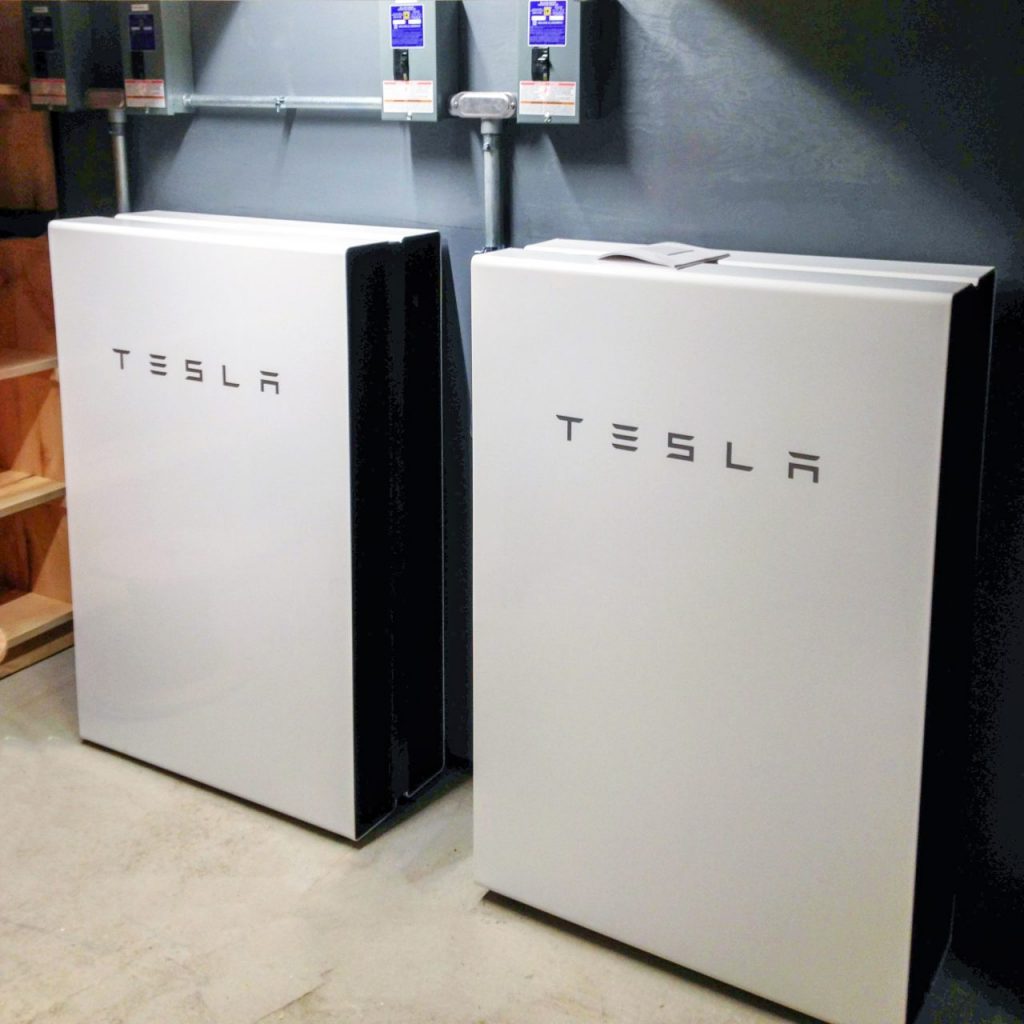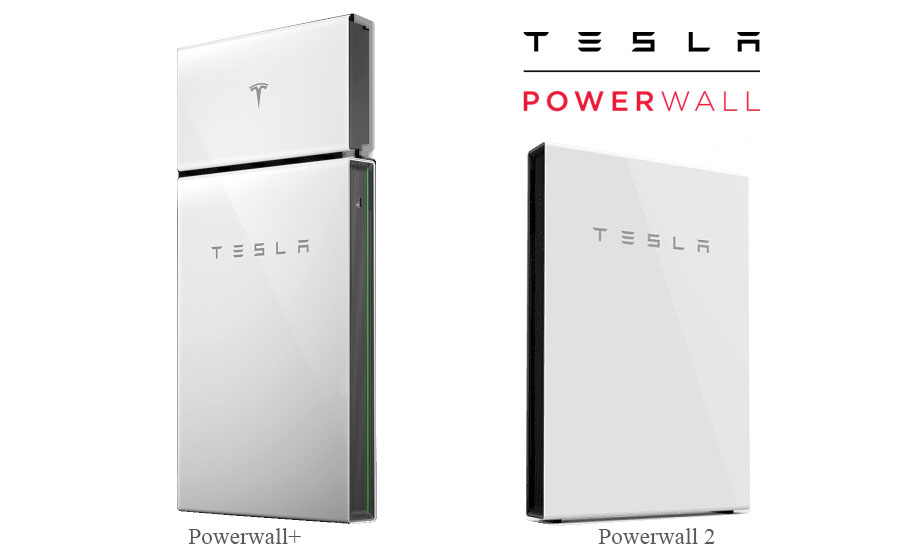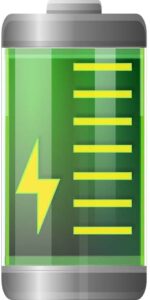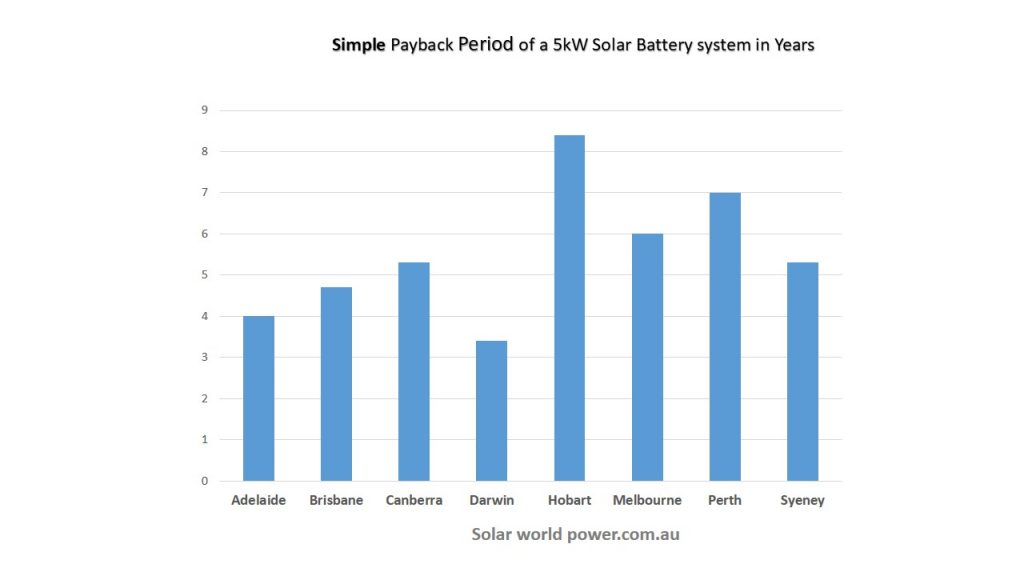Tesla solar battery price in Sydney, Australia.
Tesla Company originally known as Tesla Motors, Tesla, Inc. was created in 2003. Tesla’s s headquarters is in the San Francisco Bay Area of the United States, having offices all around the world including Australia.
Tesla moved into business and home battery storage after cutting its teeth on electric vehicle development. With the Tesla Powerwall battery in 2015, the business made a splash in the residential energy storage market, which was followed by the Powerwall 2 in 2016.
In terms of market capitalization, Tesla has evolved into a massive corporation, with a market capitalization of USD $143.6 *billion* as of late January 2020.

What Is the Tesla Powerwall, and How Does it Work?
The Tesla Powerwall is a lithium-ion battery that is most commonly used to store energy produced by Tesla solar panels. However, to use as a backup during a power outage, you can charge these batteries with solar energy or any electricity source. Up to ten Powerwall units can be linked together to form a single energy storage system, making them suitable for both small and medium enterprises and homes.
A Tesla Powerwall 2 or Powerwall+ is presently available for purchase. The Powerwall 1 has been out of production since 2016, however, the later models are far superior: a single Powerwall 2 or Powerwall+ can store 13.5 kWh of power, whereas the Powerwall 1 had only 6.4 kWh of useful capacity. The newest models also have a larger power output (5.6 kW vs. 3.3 kW), allowing them to power more devices simultaneously.
The difference between Tesla Powerwall 2 and Tesla Powerwall+:
The Powerwall 2 and Powerwall+ both have the same storage capacity, however, the Powerwall+ comes with an inverter for easier solar PV panel connection. When the panels are in direct sunlight, the Powerwall+ can deliver more kilowatts, whereas the Powerwall 2 produces the same amount of power regardless of solar generation.

Powerwall 2 | Powerwall+ |
Power Storage capacity: 13.5 kWh · Continuous power: 5.8 kW · Peak power: 10 kW · Dimension: 45.3 in x 29.6 in x 5.75 in · Weight: 251.3 pounds · Operating temperature: -4°F to 122°F · Warranty: 10 years | Power Storage capacity: 13.5 kWh · Continuous power with no sun: 5.8 kW · Peak power with no sun: 10 kW · Continuous power with the full sun: 7.6 kW · Peak power with the full sun: 22 kW · Dimension: 62.8 in x 29.7 in x 6.3 in · Weight: 343.9 pounds · Operating temperature: -4°F to 122°F · Warranty: 10 years |
How much do tesla solar batteries cost?
The Tesla Powerwall 2, a favored option for home energy storage, is currently available in Australia for approximately $8,900 to $10,500, depending on the installer and location. In Sydney, installation fees range from $1,000 to $2,000, bringing the total cost for a complete setup, including essential hardware, to around $15,000. Some we offer discounts or rebates based on state incentives.
This battery system boasts a capacity of 13.5 kWh, allowing households to store solar energy for nighttime use or during power outages. Its growing popularity can be attributed to its reliability, a 10-year warranty, and the potential for substantial savings on electricity bills. Although the initial investment can be significant, many homeowners find that they recoup their costs over several years, particularly when paired with solar panels.
If you’re considering a Powerwall 2 in Sydney, it’s advisable to Get Free Quotes from local certified installers to secure competitive pricing and personalized guidance for your energy needs.

Tesla solar battery storage:
The Tesla Powerwall is an AC-coupled battery, which means it has its own integrated storage inverter (basically, a battery with an inverter built-in). AC-coupled batteries have the advantage of being simple to connect to current solar panel installations. Furthermore, if your solar inverter fails, your battery will continue to function, and vice versa.
AC-coupled battery systems, on the other hand, are less efficient than DC-coupled battery systems, and having more hardware means more parts can fail.
How long does a tesla solar battery last:
It all depends on how you intend to use it. It will last nearly indefinitely if you solely use it as backup power during a power outage. It could last 10–20 years if you utilize it for overnight electricity when your solar panels aren’t producing. If you use it as your primary power source regularly, it may last fewer than ten years. In any case, for the current price, it’s a worthwhile purchase.
What is the payback time?
If you’re considering buying a Tesla Solar Battery, you should weigh the cost of the device against the savings you’ll see on your electricity bills. There are other elements to consider, but you can get an estimate of your payback period by knowing how much you now pay for power and, if you already have solar panels, how much you use and how much you export to the grid.
It’s also worth looking into whether there are any state or even local government rebates for solar panels or battery storage systems. Adelaide City Council, for example, presently offers rebates of up to $5,000 for the installation of a battery storage system.


Solar Battery Storage Payback Results by the Australian city
Whether you live in Adelaide, Brisbane, Canberra, Darwin, Hobart, Melbourne, Perth, or Sydney, the appeal of a battery storage system differs. Sunlight patterns, energy costs, and solar system prices are all important factors in each city. We entered these parameters into our model and compared the results in the graph below.
6kW Solar Battery: Payback Period, Price and Saving
We projected daily energy use of 30 kWhs for this energy profile, with more energy being utilized during the daytime. We recommend 6.6kW of solar panels and a 6.5 kWh battery storage option based on the projected energy demand trends.
City | Cost Estimate | Payback Period Solar & Battery | Payback Period Battery Only | Yearly Saving |
Adelaide | $11,680* | 6.9 years | 18.7 years | $1,775 |
Brisbane | $13,520 | 9.1 years | > 20 years | $1,465 |
Canberra | $9,605* | 7.1 years | 18.9 years | $1,408 |
Darwin | $17,030 | 8.2 years | > 20 years | $2,083 |
Hobart | $15,070 | 10.1 years | > 20 years | $1,419 |
Melbourne | $8,920* | 7.1 years | 18.9 years | $1,311 |
Perth | $12,490 | 6.1 years | 15.8 years | $2,204 |
| Sydney | $13,250 | 10.1 years | > 20 years | $1,264 |
Monitor Your Tesla Battery Performance on Mobile phone:
Tesla has designed a new app that is available on both the Android and iOS app stores. This allows users to see the status and performance of their Tesla Powerwall 2 and, if applicable, their Tesla EV in real-time. When paired with solar PV, app users can monitor system performance and adjust the battery between three modes: backup only, self-powered, and time-based control.
Back-Up Only
Switches the battery to save all usable energy and keep it fully charged. This means that in the event of a blackout, the system will continue to function and, if linked with a properly sized Solar PV system, may survive for weeks.
Self Powered
This mode maximized the battery’s financial value by allowing a home to tap into as much free energy from their rooftop as possible before drawing energy from the grid and incurring a cost from their local electricity reseller. This is the most prominent use for residential batteries since people try to reduce their power usage in the evenings and early mornings.
Time-based Control
If the owner has a time-based electricity charge from their supplier, the Tesla Powerwall 2 has the intelligence to charge exclusively during off-peak hours and discharge during peak hours. The real financial gain relies on the electrical retailer’s prices, although they are typically insufficient to justify the investment in a battery system alone.
Conclusion
In essence, Tesla’s foray into solar battery storage signifies a significant stride towards sustainable and efficient energy solutions for both residential and commercial consumers, with the Powerwall series standing as a testament to the company’s commitment to innovation in the renewable energy sector.
